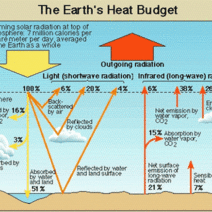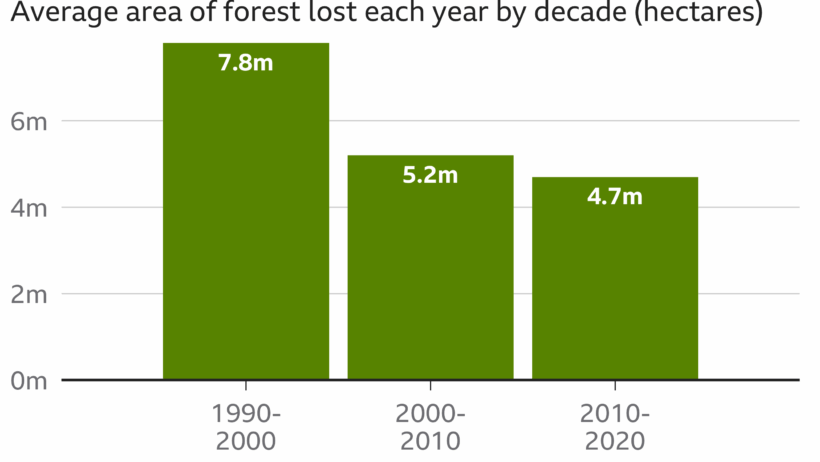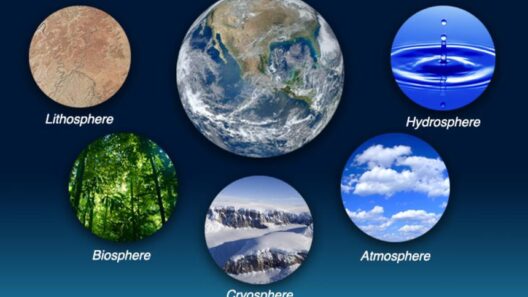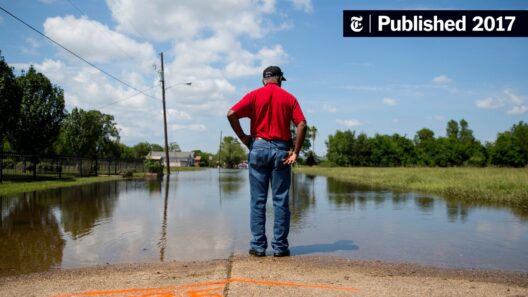Deforestation stands as one of the most urgent environmental challenges confronting our planet today. The act of felling trees at an unprecedented rate has profound implications not just for biodiversity, but most critically, for climate change. Trees are more than mere sources of timber; they are integral players in the Earth’s climatic system, sequestering carbon dioxide and maintaining the delicate balance of atmospheric gases. Understanding how deforestation exacerbates climate change births a profound awareness that could inspire action to protect our forests.
As we delve into this crucial topic, it becomes evident that the destruction of forests is not just a local issue but a global crisis, reshaping our planet’s future.
The Mechanics of Carbon Sequestration
At the heart of the relationship between deforestation and climate change lies the principle of carbon sequestration. Trees capture carbon dioxide through the process of photosynthesis, storing carbon in their biomass. When forests are cleared for agriculture, urban development, or logging, the carbon stored in trees is released back into the atmosphere, exacerbating the greenhouse effect.
Consider the staggering statistic that one hectare of mature forest can store between 100 and 150 tons of carbon. When such a forest is deforested, not only does this carbon source dissipate, but the newly exposed soil also releases additional carbon over time. This multifaceted release of carbon compounds contributes significantly to atmospheric concentrations, intensifying the greenhouse effect and ultimately leading to accelerated global warming.
The Loss of Biodiversity and Its Climatic Effects
Beyond carbon dynamics, deforestation wreaks havoc on biodiversity, which plays a pivotal role in ecosystem resilience. Forests harbor an astonishing array of life, from the smallest insects to large mammals. This biodiversity is critical in maintaining ecological balance and promoting a healthy climate.
With the loss of forests come the extinction of countless species. The decline in biodiversity can destabilize ecosystems, making them less capable of adapting to climate change. For instance, the extinction of pollinators like bees can lead to reduced crop yields, further compounding food insecurity—a situation that stresses resources and pushes communities to exploit remaining forests even more. Thus, a vicious cycle ensues, where the loss of biodiversity and deforestation feed into each other. Preserving biodiversity in forests is not merely a conservation issue; it is an imperative action against climate change.
The Climate Feedback Loop: An Unending Cycle
The relationship between deforestation and climate change is undeniably cyclical. The phenomenon known as the climate feedback loop illustrates this perilous connection. As forests are destroyed, the climate becomes warmer and drier, creating conditions that are increasingly inhospitable to forest growth. This dynamic signals a decline in forested areas, further escalating carbon emissions.
Additionally, deforestation can lead to alterations in regional weather patterns. Without trees, areas experience heightened temperatures, reduced rainfall, and increased susceptibility to natural disasters such as floods and droughts. Such climatic changes can render entire landscapes uninhabitable for both plant and animal life, triggering further degradation of forests as the ecosystem attempts to compensate for these disruptions.
Economic Pressures and Unsustainable Practices
The drive for economic growth lays a significant part of the blame for rampant deforestation. Many countries prioritize short-term economic gains through logging, agriculture, and infrastructure development without considering the long-term repercussions on climate stability. Unsustainable practices and lax enforcement of environmental regulations have made it all too easy to exploit forest resources.
Interestingly, the narrative surrounding deforestation can be framed in terms of opportunity. Sustainable forestry practices and agroforestry offer promising alternatives that not only meet economic needs but also prioritize ecological integrity. For instance, integrating tree planting with crop cultivation can enhance yields while preserving vital forest ecosystems. Promoting sustainable land management has the extraordinary potential to mitigate climate change while still nourishing local economies.
Global Initiatives: The Path Toward Restoration
Recognizing the critical role forests play in combatting climate change has led to global initiatives aimed at restoring and preserving these vital ecosystems. The Bonn Challenge, for example, seeks the restoration of 350 million hectares of degraded and deforested landscapes by 2030. Such efforts highlight the emerging understanding that investing in forest restoration is not simply an environmental imperative; it is a strategic solution to climate change.
Moreover, empowering indigenous communities who have long been stewards of the land can forge paths toward ecological restoration. Their traditional knowledge often proves essential in maintaining biodiversity while adapting to changing climatic conditions. Enabling these communities to manage forests ensures that the benefits of these ecosystems can be sustained for generations to come.
A Compelling Call to Action
The impacts of deforestation on climate change extend beyond environmental degradation; they signify a pivotal existential threat to humanity itself. As the world grapples with the challenges posed by climate change, recognizing the importance of forests must serve as a cornerstone in our collective response. Addressing deforestation through sustainable practices, global cooperation, and grassroots initiatives reflects a shared commitment to preserving our planet for future generations.
In concluding, it is imperative to approach the issue of deforestation with urgency and resolve. We hold the power to alter narratives and engender fundamental shifts in how we view and interact with our environment. By embracing the transformative potential of forests, we can pave the way toward a sustainable and resilient planet, fostering a legacy that honors the intricacies of nature and humanity’s place within it.








